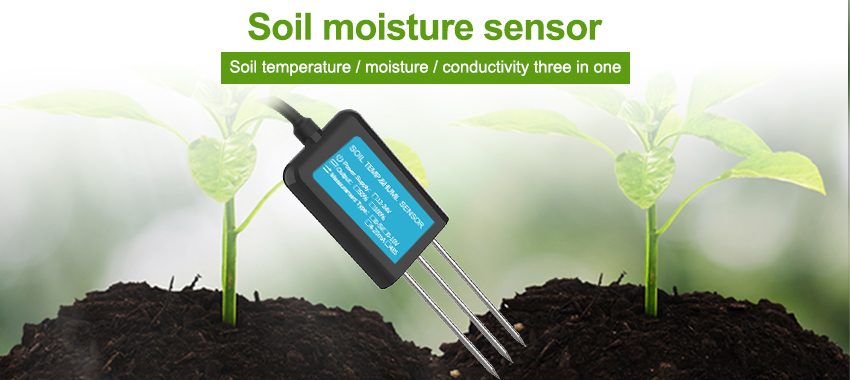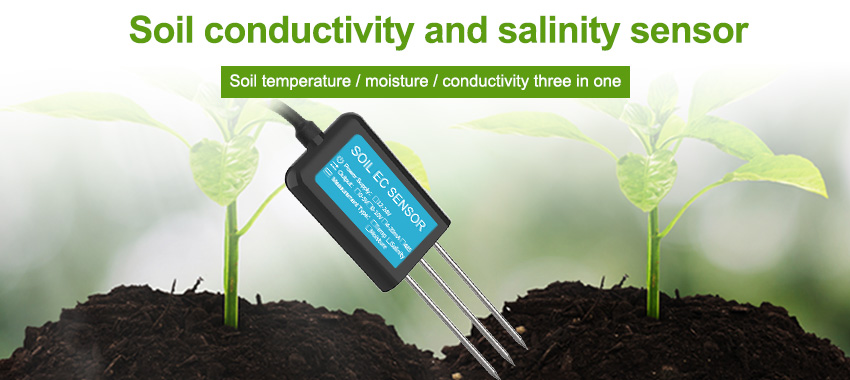Soil plays a crucial role in agriculture, ecosystem functioning, and climate regulation. Understanding soil properties and dynamics is essential for sustainable land management and optimizing agricultural practices. Fortunately, advancements in soil sensor systems are revolutionizing our ability to unlock the secrets hidden beneath the Earth’s surface.

Traditionally, soil analysis involved tedious and time-consuming laboratory tests that provided limited spatial and temporal data. However, recent innovations in soil sensor technology have transformed this process, making it faster, more accurate, and more accessible.
One of the key advancements in soil sensor systems is the development of in-situ sensors. These sensors can be directly inserted into the soil, allowing for real-time monitoring of various soil parameters. They can measure moisture content, temperature, pH levels, nutrient concentrations, and even microbial activity. This real-time data enables farmers and land managers to make informed decisions about irrigation, fertilization, and overall soil health.
Wireless connectivity and internet of things (IoT) capabilities have further enhanced soil sensor systems. In-situ sensors can now be connected to networks, enabling continuous data collection and remote monitoring. This connectivity allows for the integration of multiple sensors across large areas, creating comprehensive soil sensor networks. These networks provide extensive coverage and enable detailed mapping of soil characteristics, allowing for site-specific management strategies and precision agriculture.
Moreover, advancements in miniaturization have made it possible to develop portable and handheld soil sensors. These sensors can be easily carried to different locations, providing immediate on-site analysis. Portable sensors enable rapid soil assessment in the field, facilitating quick decision-making and reducing the need for laboratory testing. This portability also benefits researchers and educators, as they can gather soil data from various locations without the constraints of bulky equipment.
Another significant innovation in soil sensor systems is the integration of data analytics and artificial intelligence (AI). AI algorithms can analyze the vast amount of data collected by soil sensors and generate actionable insights. By identifying patterns and trends, AI can predict soil fertility, nutrient deficiencies, and potential crop yields. This information empowers farmers to optimize their farming practices, reduce resource wastage, and increase productivity, ultimately contributing to sustainable agriculture.

Furthermore, advancements in remote sensing technologies have expanded our ability to monitor and analyze soil conditions from a distance. Remote sensing platforms, such as satellites or drones equipped with multispectral or hyperspectral sensors, can capture data on soil moisture, vegetation indices, and land surface temperatures. This comprehensive aerial view offers valuable information for large-scale analysis and monitoring of soil health, erosion, and land degradation.
The development of low-cost soil sensor systems has also democratized soil analysis. Affordable and user-friendly sensors are now available, enabling small-scale farmers and citizen scientists to assess soil conditions. This accessibility empowers more stakeholders to actively participate in land management decisions and promotes sustainable practices at the grassroots level.
In conclusion, innovations in soil sensor systems are unlocking the secrets of soil, revolutionizing our understanding and management of this essential resource. In-situ sensors, wireless connectivity, miniaturization, AI integration, remote sensing, and low-cost solutions are transforming soil analysis from a laborious process to a real-time and data-driven one. By harnessing the power of soil sensor technology, we can optimize land use, increase agricultural productivity, and ensure the long-term sustainability of our ecosystems.
